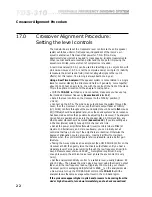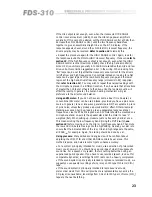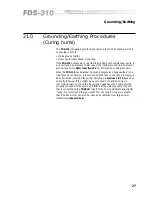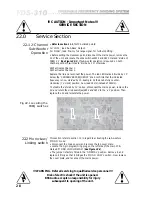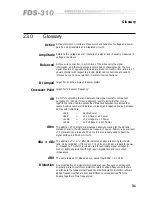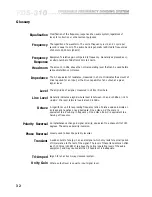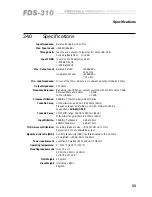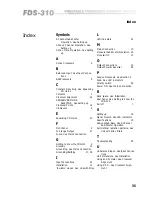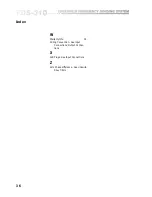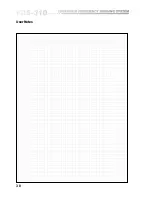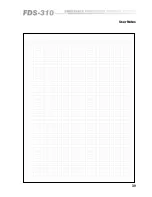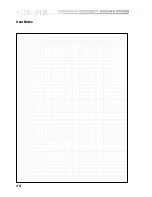
3 2
Equalisation
Modification of the frequency response of an audio system, regardless of
level, for corrective or enhancement purposes.
Frequency
The repetition of a waveform. The unit of frequency is Hz, and 1 cycle per
second is equal to 1Hz. The audio band is generally restricted to frequencies
of 20Hz to 20,000Hz (20kHz).
Frequency
Response
Equipment's relative gain compared to frequency. Generally expressed as +/-
a certain number of dBs from 20Hz to 20kHz.
Headroom
The amount, in dBs, above the normal operating level that can be used before
serious distortion commences.
Impedance
The AC equivalent of resistance, measured in ohms. It indicates the amount of
drive required for an input, or the drive capability of an output, at a given
signal level.
Level
The amplitude of a signal, measured in Volts or Decibels.
Line Level
Generally indicates a signal whose level is between -10 and +10dBu or -14 to
+6 dBV. Mic level refers to levels around -40dBu.
Octave
A logarithmic unit for expressing frequency ratios. Positive values indicate an
increase and negative ones a decrease. One octave 'up' the scale is
equivalent to a doubling in frequency. One octave 'down' is equivalent to a
halving of frequency.
Polarity Reversal
An instantaneous change in signal polarity, equivalent to a phase shift of 180
degrees. The same as polarity
inversion
.
Phase Reversal
Loosely used to describe polarity reversal.
Transient
A sudden burst of energy in an audio signal which only lasts for a small period
of time relative to the rest of the signal. The level of these transients can often
reach 10 times (+20dB) or so above the normal operating level of the audio
equipment, and may cause distortion if headroom is inadequate.
Jargon for an active 3-way crossover system.
Where output level is equal to input signal level.
Tri-Amped
Unity Gain
Glossary
Summary of Contents for FDS 310
Page 1: ...1 FDS 310 User Manual ...
Page 10: ...1 0 Getting to know the FDS 310 Fig 6 1 Front Panel Fig 6 2 Rear Panel ...
Page 11: ...11 All numbers in bubbles refer to Section numbers ...
Page 37: ...37 User Notes ...
Page 38: ...3 8 User Notes ...
Page 39: ...39 User Notes ...
Page 40: ...4 0 User Notes ...





